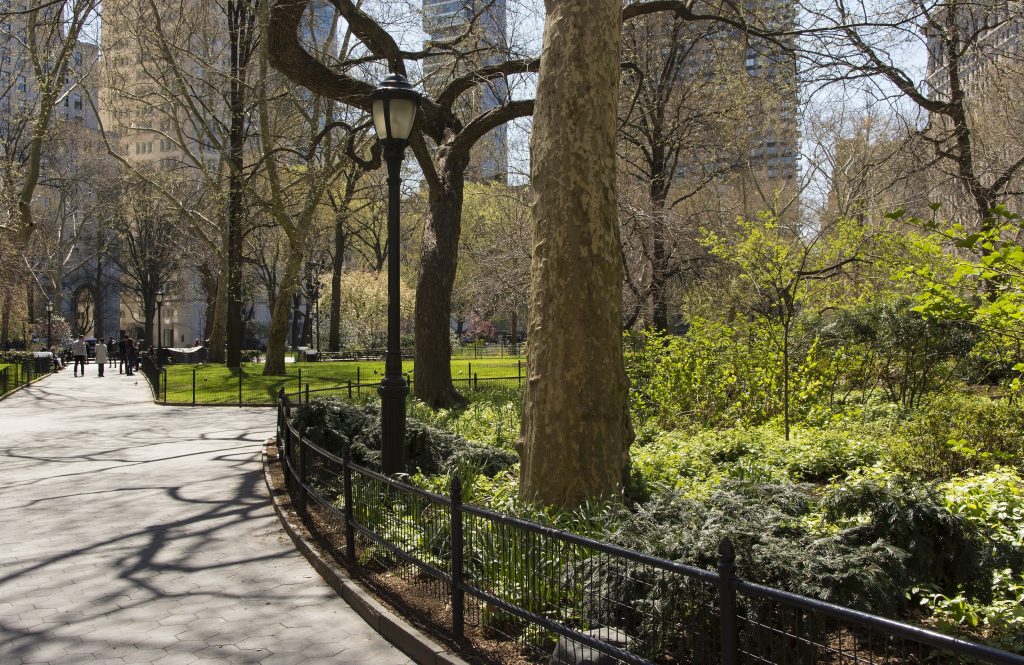Regenerative landscaping is a sustainable and environmentally-friendly approach to landscaping that aims to promote healthy ecosystems and reduce the negative impact of traditional landscaping practices. By using native plants, composting, and rainwater harvesting, regenerative landscaping creates a vibrant and self-sustaining outdoor space that benefits both homeowners and the local environment. In this article, we will explore the benefits and principles of regenerative landscaping, as well as some tips for creating a regenerative landscape.
Benefits of Regenerative Landscaping
Regenerative landscaping offers a wide range of benefits, from reducing water usage and improving soil health to promoting biodiversity and creating a beautiful and vibrant outdoor space. Here are some of the top benefits of regenerative landscaping:
Reduced Water Usage: Regenerative landscaping uses native plants that are adapted to the local climate and require less water than non-native plants. Additionally, rainwater harvesting systems can be used to collect and reuse rainwater, reducing the need for irrigation.
Increased Biodiversity: By using native plants and creating diverse habitats, regenerative landscaping promotes biodiversity and supports local ecosystems. This, in turn, helps to improve the health of the local environment and supports pollinators, birds, and other wildlife.
Reduced Use of Pesticides and Fertilizers: Regenerative landscaping reduces the need for pesticides and fertilizers, which can be harmful to the environment and human health. By using natural methods, such as composting and companion planting, regenerative landscaping helps to promote healthy plant growth and reduces the need for synthetic inputs.
Principles of Regenerative Landscaping
Regenerative landscaping is guided by several principles that help to promote healthy ecosystems and create a self-sustaining outdoor space. Here are some of the key principles of regenerative landscaping:
Use Native Plants: Native plants are adapted to the local climate and require less water, fertilizer, and maintenance than non-native plants. Additionally, they provide important habitat for local wildlife and help to promote biodiversity.
Minimize Soil Disturbance: Regenerative landscaping practices aim to minimize soil disturbance, which can disrupt soil health and the ecosystem. This can be achieved by using no-till gardening methods and avoiding heavy machinery.
Build Healthy Soil: Healthy soil is essential for plant growth and helps to sequester carbon from the atmosphere. Regenerative landscaping practices, such as composting and cover cropping, help to build healthy soil by adding organic matter and nutrients.
Conserve Water: Regenerative landscaping practices aim to conserve water by using native plants, rainwater harvesting systems, and other water-efficient methods.
Creating a Regenerative Landscape
Creating a regenerative landscape requires careful planning and a commitment to sustainable practices. Here are some tips for creating a regenerative landscape:
Evaluate Your Site: Before starting your regenerative landscape project, evaluate your site to determine the soil type, sun exposure, and other site-specific factors. This will help you select the right plants and design your landscape to meet the needs of your site.
Incorporate Composting: Composting is an important part of regenerative landscaping, as it helps to improve soil health and reduce waste. Incorporate a composting system into your landscape to recycle food scraps and yard waste.
Install a Rainwater Harvesting System: A rainwater harvesting system can be used to collect and reuse rainwater, reducing the need for irrigation and conserving water.
Use Natural Pest Control: Instead of using synthetic pesticides, use natural pest control methods such as companion planting and beneficial insects to promote healthy plant growth and reduce pest populations.
Conclusion
Regenerative landscaping is a sustainable and environmentally-friendly approach to landscaping that offers a wide range of benefits, from reducing water usage and improving soil health to promoting biodiversity and creating a beautiful and vibrant outdoor space. By following the principles of regenerative landscaping and incorporating sustainable practices into their outdoor space, homeowners can make a positive impact on the environment and enjoy a beautiful and vibrant landscape for years to come.

